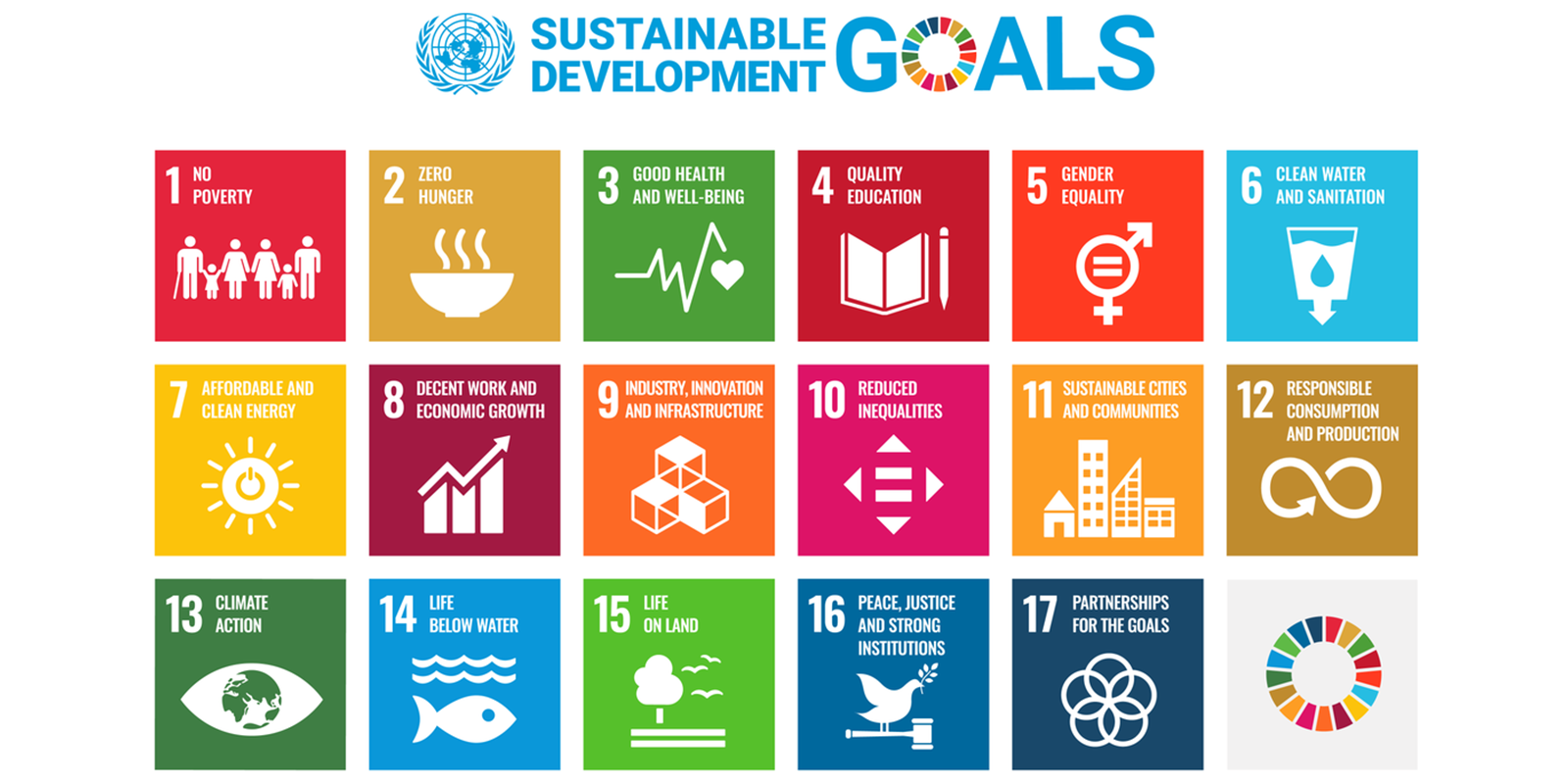Empowering Self-Help Initiatives through Knitted Cotton Gloves and Enterprises
.jpg)
The details of Krishna Mahila SHG are as follows:
Number of members: 10
Location: Mirzapur Village, Rasna
Block: Rohta
District: Meerut
Computerized Knitted Glove Machine

Demonstration on making cotton gloves on automated machine

|
Capital Expenditure (Rs) |
|||
|---|---|---|---|
|
Machines |
No |
Price/Unit |
Total |
|
1. Making Knitted Gloves |
10 |
2,00,000 |
20,00,000 |
|
2. Sealing of knitted gloves |
1 |
80,000 |
80,000 |
|
18% GST |
3,74,400 |
||
|
Total |
24,54,400 |
||
|
Operation Costs (Rs) |
Number/Months |
Price/Unit |
Total |
|
Monthly Working Expenditure: Room Rent Electricity Raw Material per glove Miscellaneous cost |
12 |
175,000 |
21,00,000 |
|
10000 5000 2.5 10000 |
1 1 60000 1 |
10,000 5000 1,50,000 10,000 |
|
|
Mobilization of stakeholders; Trainings and Capacity Building Workshops, booking training halls, food and refreshments |
5 |
80,000 |
4,00,000 |
|
Miscellaneous costs of stationery, communication and financial management of the project |
12 |
50,000 |
6,00,000 |
|
Grand Total |
55,54,400 |
|
No of Machines |
Gloves made Per Hour in pair |
No of working hours (daily) |
Total Capacity |
Market Selling Cost / pair |
Revenue per day |
Revenue Per Month (25 working days) |
|---|---|---|---|---|---|---|
|
10 |
12 |
20 |
2400 |
7 |
16800 |
4,20,000(B) |
Revenue per month (B-A) =Rs 245,000
Cost to purchase 10 machines (Rs 2080,000) will be set off in 17 months (approx. 1.5 years)
We have developed a two-pronged vision for our Glove Making proposal with the SHGs. Through our joint endeavors, we plan to target the following goals:
1.Make in India
.jpg)
Make in India is a flagship initiative by the government of India to enable companies and organisations to assemble and manufacture their products in Indian territory. Today, the manufacturing sector in India is highly unorganised. The share of the manufacturing sector in the Indian economy is only 15%, which is much lesser than many East Asian economies. Bearing in mind that the manufacturing sector is one of the sectors that has the potential to generate numerous jobs, investments, and increments, it's imperative to give it a boost. Therefore, this initiative aims to upskill people and increase manufacturing in the country. By fostering skills that may be proficient on the regional level like glove making, we aim to set the standard of manufacturing in the country, to bring in the required amounts of investments, infrastructure, and returns.
2. Sustainable Development GoalsSustainable Development Goals

2.1 Reduced Inequalities (SDG 10): In India, 5% of the population owns more than G0% of the country’s wealth. This shows that there is a staggering level of income inequality in the country. The people who have to bear the worst of the extent of income inequality are the people who belong to the rural and tribal areas. By bringing these people together under the mantle of a Self Help Group and providing them with the opportunities of increasing their standard of living, we can bridge the ever rising gap between the rich and the poor in India. In addition to this, by making the members of the SHGs more self-sufficient through providing an array of opportunities in fields that they are skilled in such as cloth making and handmade works, we can also break the stereotype around people belonging to linguistic and sociocultural minorities that they are unskilled and unsuccessful compared to the other population.
2.2 Gender Equality (SDG 5): In India, women’s employment is still limited to taking care of the household and hearth. By providing them with this opportunity, not only are we providing them with an alternative to sustain a decent livelihood, but are also making them self reliant. After recovering the investment, the additional revenues generated through the cotton knit machines can be accrued to the members of the SHG. This will help uplift them from the peripheries of the marginalized society they have historically been pushed towards.
2.3 Development of people within the Self-Help Group and decent work and economic growth (SDG 9): A Self-Help Group is one of the best approaches to ensure development of the people. Through SHGs, members can combat social evils like patriarchy and class-based inequalities. Women SHGs allow members to make independent decisions and even allow them to participate in Gram Sabha meetings, allowing them to expand their knowledge. This provides them with the chance to take part in local governance, and enables the administration to function at the grassroots level. Micro level entrepreneurship through SHGs also prevents these communities from depending on more unsustainable ways of sustaining livelihoods such as agriculture, which is seasonal in nature and very unorganized. By grouping people into an SHG and giving them a concrete way to create revenues, we can also make them easily eligible for any government schemes or grants from institutions which can further help their operations. Financial discipline is another important skill the members can pick up on. Beyond this, an SHG can also serve as a platform for these people to discuss their own issues or challenges that they may face as a collective and improve communication, leadership, innovation and collaboration.